
- Subject:
- Applied Science
- Biology
- Life Science
- Material Type:
- Module
- Author:
- Mindy Boland
- Date Added:
- 02/21/2020



By the end of this section, you will be able to:Explain how hormones regulate the excretory systemDiscuss the role of hormones in the reproductive systemDescribe how hormones regulate metabolismExplain the role of hormones in different diseases

By the end of this section, you will be able to:Explain how hormone production is regulatedDiscuss the different stimuli that control hormone levels in the body

By the end of this section, you will be able to:List the different types of hormonesExplain their role in maintaining homeostasis
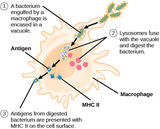
By the end of this section, you will be able to:Explain adaptive immunityCompare and contrast adaptive and innate immunityDescribe cell-mediated immune response and humoral immune responseDescribe immune tolerance

By the end of this section, you will be able to:Explain cross-reactivityDescribe the structure and function of antibodiesDiscuss antibody production

By the end of this section, you will be able to:Describe hypersensitivityDefine autoimmunity
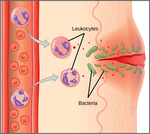
By the end of this section, you will be able to:Describe physical and chemical immune barriersExplain immediate and induced innate immune responsesDiscuss natural killer cellsDescribe major histocompatibility class I moleculesSummarize how the proteins in a complement system function to destroy extracellular pathogens

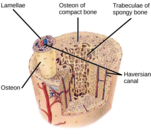
By the end of this section, you will be able to:Classify the different types of bones in the skeletonExplain the role of the different cell types in boneExplain how bone forms during development

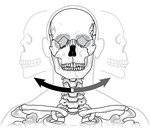
By the end of this section, you will be able to:Classify the different types of joints on the basis of structureExplain the role of joints in skeletal movement

By the end of this section, you will be able to:Classify the different types of muscle tissueExplain the role of muscles in locomotion
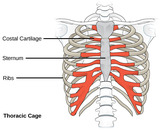
By the end of this section, you will be able to:Discuss the different types of skeletal systemsExplain the role of the human skeletal systemCompare and contrast different skeletal systems
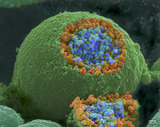
By the end of this section, you will be able to:Describe the basis of the resting membrane potentialExplain the stages of an action potential and how action potentials are propagatedExplain the similarities and differences between chemical and electrical synapsesDescribe long-term potentiation and long-term depression

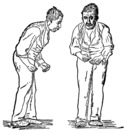
By the end of this section, you will be able to:Describe the symptoms, potential causes, and treatment of several examples of nervous system disorders
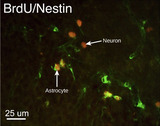
By the end of this section, you will be able to:List and describe the functions of the structural components of a neuronList and describe the four main types of neuronsCompare the functions of different types of glial cells
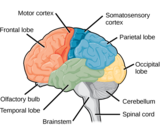
By the end of this section, you will be able to:Identify the spinal cord, cerebral lobes, and other brain areas on a diagram of the brainDescribe the basic functions of the spinal cord, cerebral lobes, and other brain areas
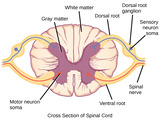
By the end of this section, you will be able to:Describe the organization and functions of the sympathetic and parasympathetic nervous systemsDescribe the organization and function of the sensory-somatic nervous system